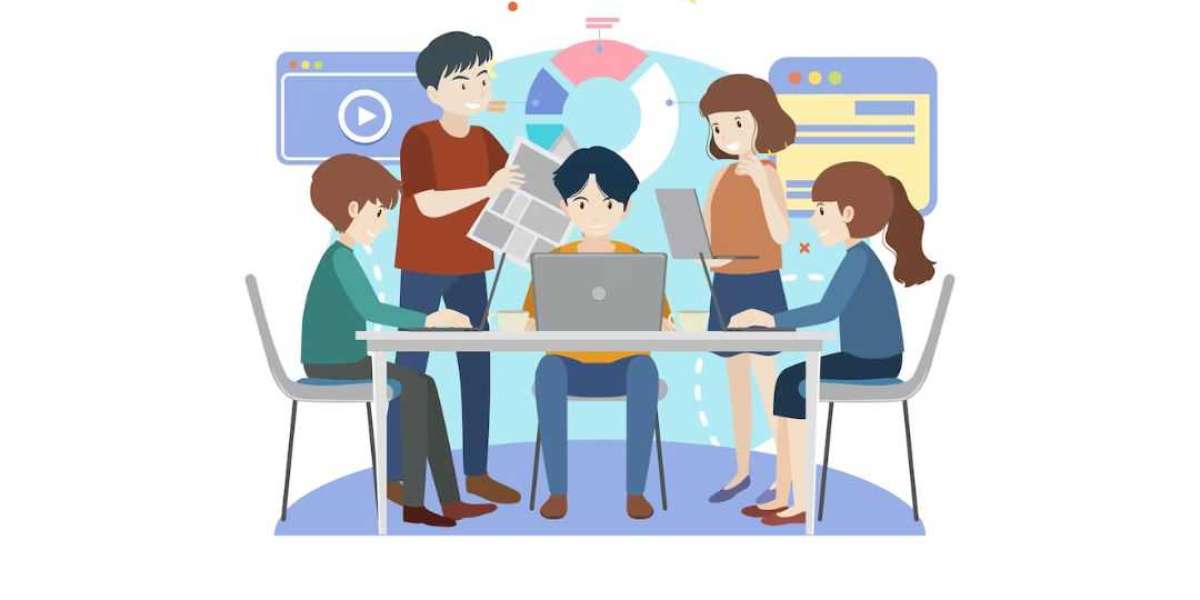Introduction
As businesses evolve and adapt to new market demands, carve-outs have become a strategic necessity, particularly for companies with deeply entrenched legacy systems. While the technical aspects of carve-outs often take center stage, the cultural shifts and workforce training that accompany these transformations are equally crucial. This blog delves into the cultural dynamics and training needs that arise during carve-outs of legacy systems, offering insights into how companies can navigate these changes effectively.
Embracing Cultural Change
Carve-outs inherently involve significant organizational change. They often require parts of a business to operate independently, restructure, or integrate with new entities. Such transformations can disrupt established workflows, hierarchies, and corporate cultures. For employees accustomed to the legacy system’s ways of working, these changes can be unsettling.
To manage this cultural shift, it is vital to foster an environment of open communication and inclusivity. Leadership should actively engage with employees, explaining the reasons behind the carve-out and its benefits to the organization. Regular updates, town hall meetings, and QA sessions can help demystify the process, making employees feel involved and valued. By promoting a culture of transparency and collaboration, companies can ease the transition and mitigate resistance to change.
Tailoring Workforce Training Programs
Effective training is paramount to the success of any carve-out involving legacy systems. Employees need to adapt not only to new technologies but also to new processes and possibly new organizational structures. Training programs should be comprehensive, addressing both technical skills and soft skills necessary for the new environment.
Technical Training
Technical training should focus on the new systems and tools that will replace or integrate with the legacy systems. Hands-on workshops, online tutorials, and simulation exercises can be highly effective. It is also beneficial to employ a phased training approach, where employees first gain a basic understanding of the new systems before delving into more complex functionalities. Continuous learning opportunities, such as advanced training sessions and certifications, can further support the workforce in mastering the new technologies.
Soft Skills Training
Soft skills are equally important in ensuring a smooth transition. Training programs should emphasize skills such as adaptability, problem-solving, and effective communication. These skills will help employees navigate the uncertainties and challenges that come with the carve-out process. Leadership training is also crucial, as managers and team leaders will play a key role in guiding their teams through the transition.
Building a Supportive Environment
In addition to training, providing ongoing support is essential. Establishing a help desk or support center where employees can seek assistance with new systems can alleviate frustrations and prevent productivity losses. Mentorship programs, where experienced employees can guide their peers, are also beneficial. Encouraging a culture of continuous feedback allows for the identification of training gaps and the implementation of improvements in real-time.
Measuring Training Effectiveness
Finally, it is important to measure the effectiveness of training programs to ensure they meet the intended goals. This can be done through pre- and post-training assessments, employee feedback surveys, and performance metrics. Analyzing these data points helps in refining the training programs and ensuring they remain aligned with the evolving needs of the organization.
Conclusion
Carve-outs of legacy systems are complex undertakings that extend beyond technical challenges to encompass significant cultural and training dimensions. By proactively managing cultural shifts and investing in comprehensive workforce training, organizations can navigate these transitions smoothly and position themselves for future success. Embracing change, empowering employees, and fostering a supportive environment are key to unlocking the full potential of carve-outs and achieving sustainable growth.








